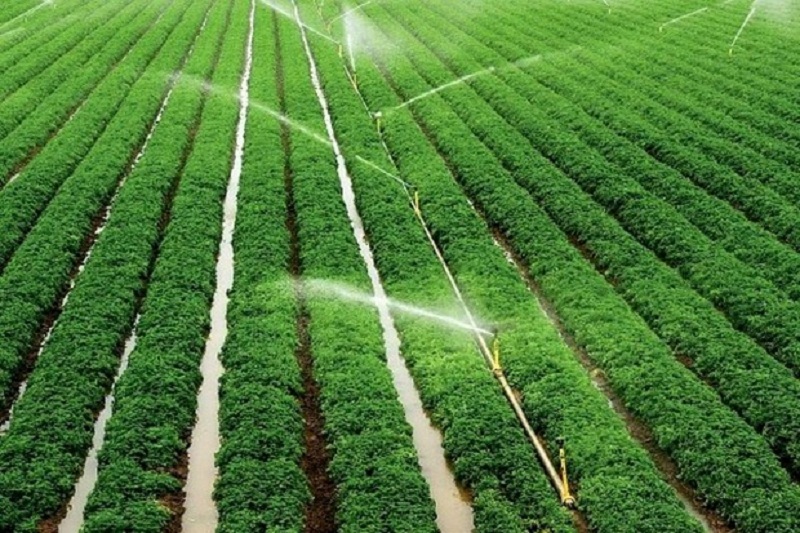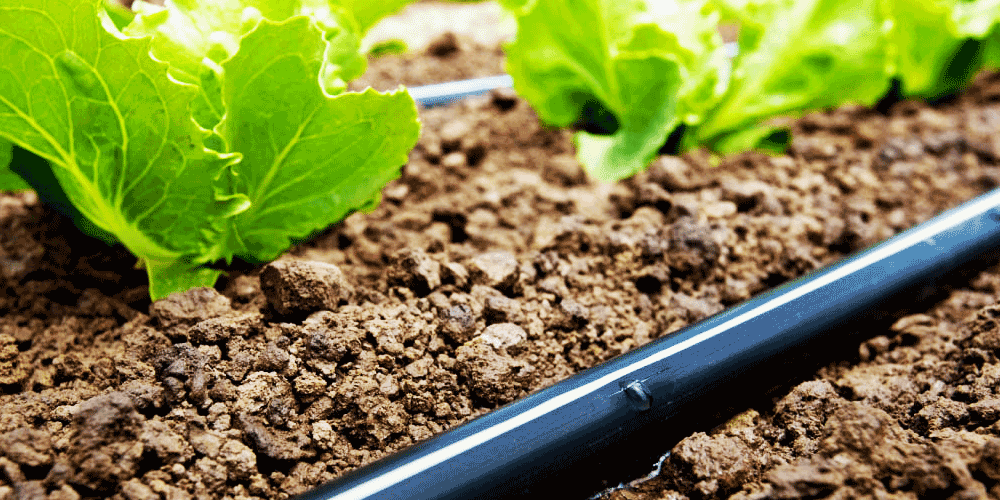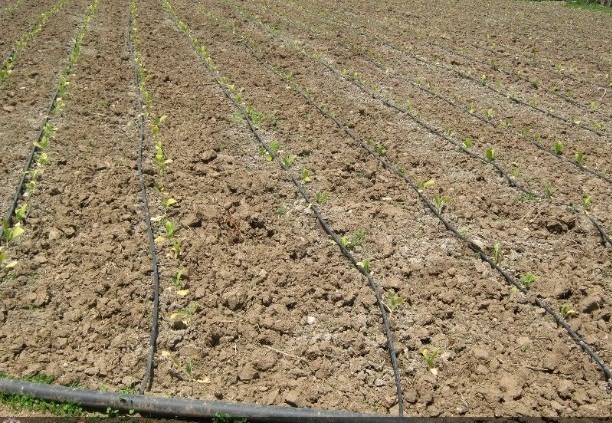Sustainable agriculture with irrigation planning
- Super User
- Drop irrigation essays
- Hits: 2403
Irrigation planning is a management operation used to determine irrigation time and water level. This means that the purpose of irrigation planning is to determine the exact amount of water used on the farm and to schedule it regularly, which can be done by measuring soil moisture retention. Effective planning requires knowledge of the following parameters:
• Soil moisture retention capacity
• Keep moisture available at all times
• Water used by the plant or evaporation and transpiration
• Plant susceptibility to moisture stress at each stage of growth
• Effective irrigation or rain received
• Ability to access water resources and time required to irrigate each farm

The decision to irrigate depends on estimating soil and plant moisture status and the indicators and strategies. Optimal irrigation planning based on measuring or estimating soil moisture retention and plant water requirements is one of the best management operations for irrigation management. Irrigation and Irrigation Planning are indicators used to determine the need for irrigation. The most commonly used irrigation indicator is soil moisture retention and soil moisture stress. The final decision depends on irrigation indicators, strategy and irrigation goals. Irrigators should define the goal and select irrigation and strategy criteria based on it. Soil moisture capacity to start irrigation depends on farming strategies and goals. For example, if the goal is to maximize yields, it should be irrigated so that soil moisture is always above the critical level. The critical limit represents the amount of soil moisture, the drier conditions of which may reduce the yield compared to the maximum production capacity. The amount of water used also depends on the farmer's strategies. For example, a farmer can replenish soil moisture to the capacity of the crop or less. If it is not possible for rain to occur and the irrigator wants to increase the irrigation cycle, it is better to irrigate the soil to the capacity of the crop. If there is a possibility of rain, it does not make sense to irrigate the soil to the capacity of the crop and not keep space for rain. If the farmer's goal is to maximize net return, it is necessary to consider criteria such as net income. The importance of irrigation planning is that it enables the irrigator to use the right amount of water to achieve his goal. Increases irrigation efficiency. The key to achieving this is to accurately measure the volume of water used or the depth of water consumed. The farmer cannot manage the water to maximize efficiency without knowing how much water has been used. It should be noted that uniform distribution of water throughout the farm is very important to achieve maximum benefits from irrigation planning and management. Proper use of water prevents over-irrigation (over-irrigation) and under-irrigation (over-irrigation). Irrigation can waste water, energy and manpower, wash food from the roots of the plant and away. It is available from the plant, reducing soil aeration and thus reducing plant yield. Low irrigation also reduces yields by putting stress on the plant.
Benefits of Irrigation Planning
1. Product performance and quality increase as a result of net income.
2. It enables the farmer to minimize the water stress of the plant and maximize the yield while planning the alternation of irrigation between different fields.
3. By reducing irrigation, water and manpower costs are reduced, and as a result, the maximum use of soil moisture storage is achieved.
4. Reducing the adverse environmental effects of leaching and surface runoff.
5. Surface runoff and deep leakage are reduced and as a result the cost of fertilizer is reduced.
6. Water stored as a result of irrigation planning can be used to irrigate low-value plants, which cannot be irrigated during dehydration, which increases revenue.
7. Drowning problems are reduced and the need for drainage is reduced.
8. Irrigation planning helps to control problems in the root zone of the plant by regulating the leaching.












